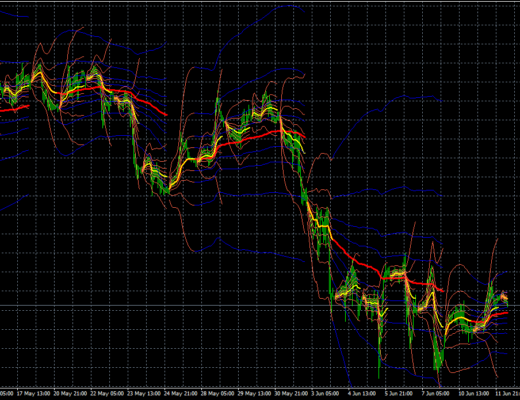Value investing by the example of Warren Buffett
Investors use a variety of strategies in their activities, all of which have their own characteristics. Which one to choose depends on the goals and preferences of each player, as well as on experience based on trial and error. One such technique is value investing, once popularized by Warren Buffett. The strategy deserves special attention, as does the example of its use by the man who ranks sixth among the richest people in the world.
The principle of value investing is to find undervalued companies whose market value is less than the theoretical value. Capitalization is expected to gradually catch up with revenues, profits and others in the long run.
The founder of the principles of this approach is Benjamin Graham, who described this strategy in his books published back in 1934 and 1949. According to the economist, value investing involves psychological factors to which investors are exposed. Emotional fluctuations of market players lead to short-term distortions in the market value of a business, and this fact must be taken into account. Also, this strategy involves the use of minimal debt, which is characterized by the ability to limit borrowed funds in investments. Value investing is focused on the long term, when players use the “buy and hold” principle. It does not take into account short-term volatility. An accounting analysis is used to evaluate and select the right company. The choice falls on the option where the market value is lower than the estimated value. For value investing, diversification is inherent, which allows assets to be dispersed into several companies.
An accounting analysis is used to evaluate and select the right company. The choice falls on the option where the market value is lower than the estimated value. For value investing, diversification is inherent, which allows assets to be dispersed into several companies.
As for Warren Buffett himself, he prefers investing on a long-term basis, while choosing stable market segments, such as the technology sector, the food industry and insurance. The investment portfolio should be diversified to minimize risks of losses in case of failure in any given industry.
Buffett focuses on initially successful companies; he prefers to buy their shares even when they are undervalued in the market. At the same time, the businessman assesses the company’s management and top management to understand how stably the business will develop in the future. It is also necessary to create a certain reserve of financial strength to easily survive a period of stagnation or falling stock prices. Ultimately, however, the company must increase its market value.
It should be noted that Warren Buffett’s approach does not always yield the expected result. For example, in 2020, due to active injections of money into the market and the Fed’s low interest rate, the businessman earned a relatively small income. However, already in 2021 investors’ expectations changed, and Buffett’s strategy worked.










